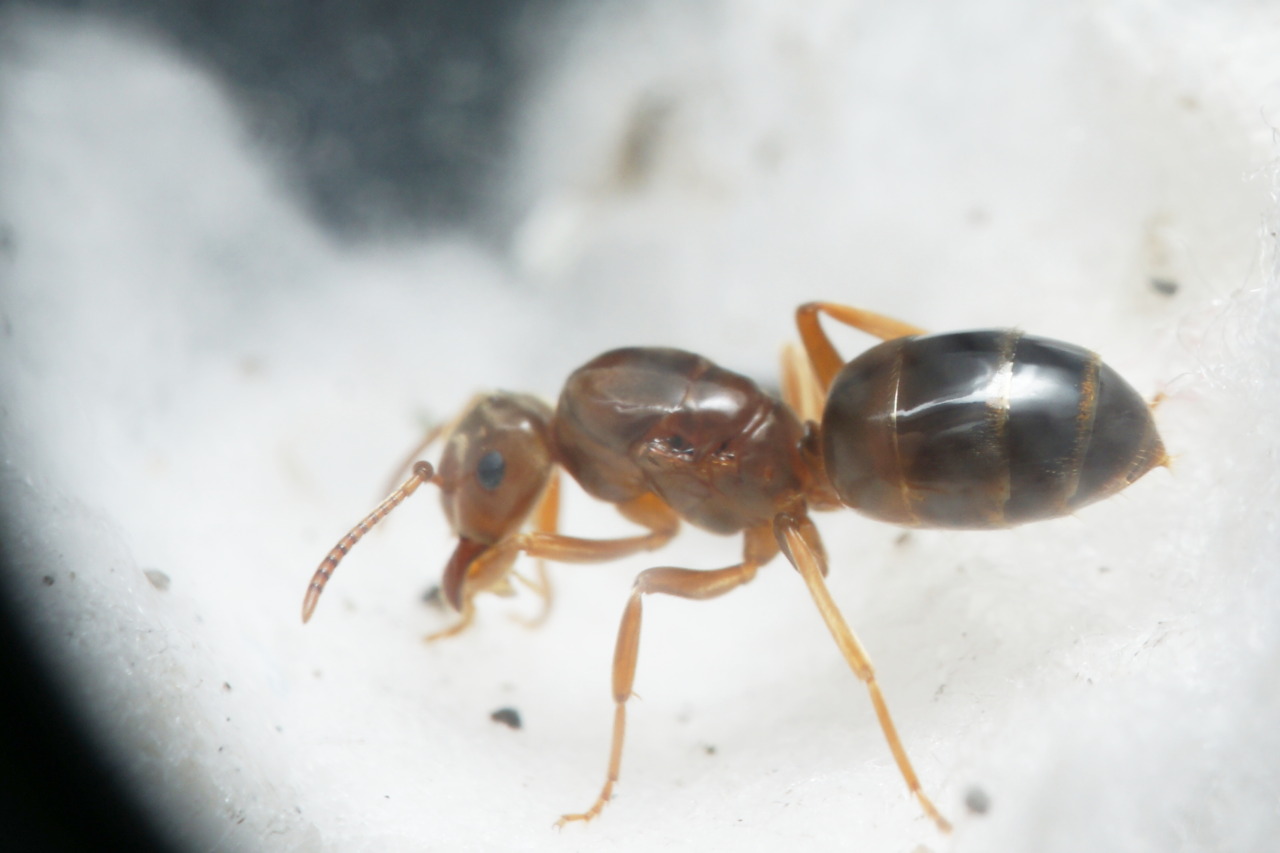The queen in the first series of internet pictures is Lasius claviger, but the second two are both Lasius umbratus. If you use antwiki to look up Lasius nearcticus, you will find a picture of L. umbratus there, too. Lasius speculiventris has such a shiny gaster, you would know for sure if you saw it.
Hmm... Ok. I didn't know they were that shiny. That might confirm my 2 Cthonolasius queens as being L. umbratus. So VoidElecent, there's your I.D.; Lasius umbratus ![]()















